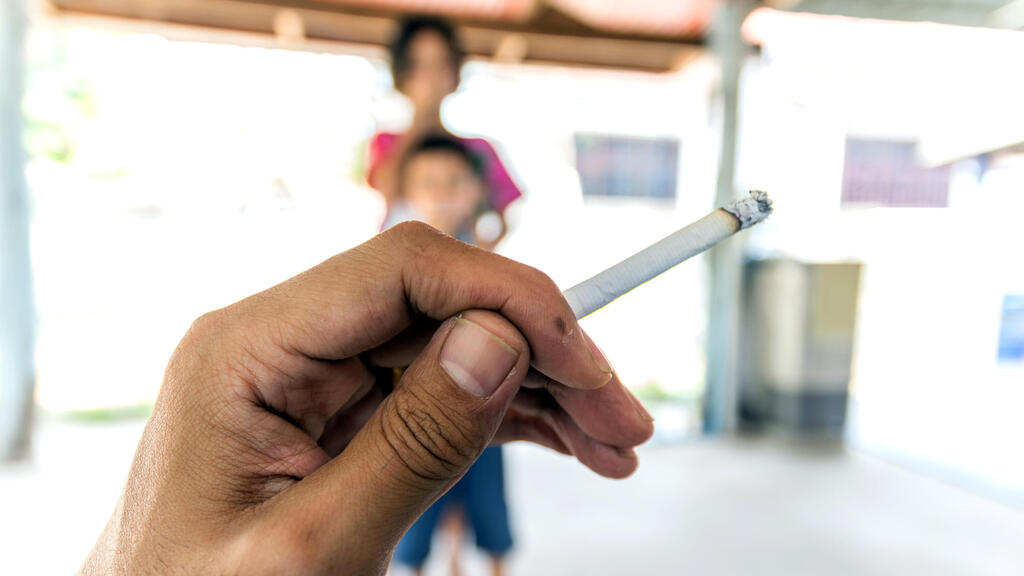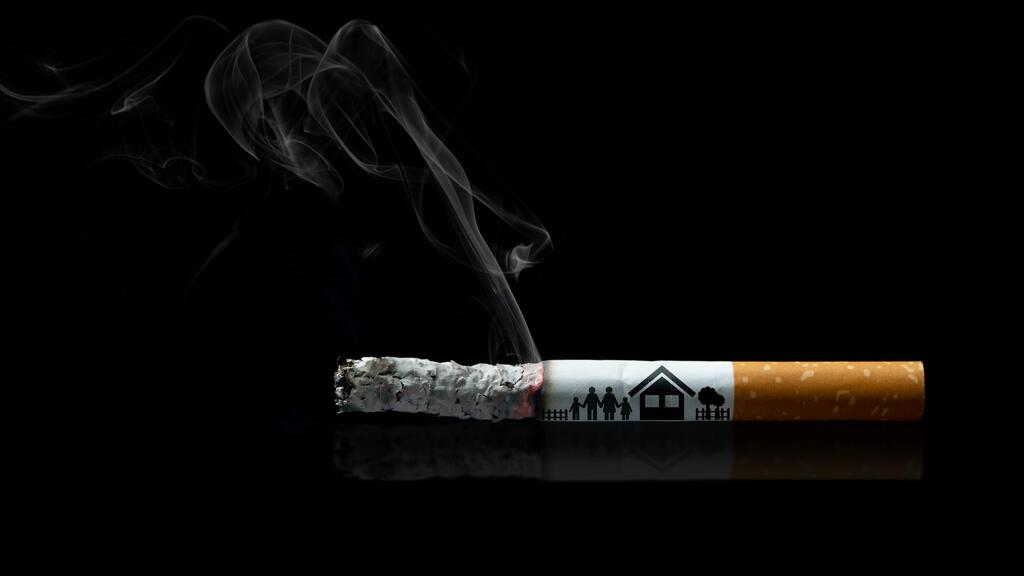A recent study conducted by Tel Aviv University regarding limiting smoking to balconies or courtyards does not effectively prevent most children from being exposed to the harmful effects of cigarette smoke.
Related stories:
The researchers examined tobacco smoke exposure (TSE) by taking hair samples from children from smoking families compared to non-smoking families and found that the majority of children in smoking families were measurably exposed to TSE, even if smoking was restricted to designated areas in the home such as balconies, gardens or other outdoor areas.
The research was based on data collected from two studies that were conducted in Israel from 2016 to 2018. The study included 159 families of smokers from various regions in the country, as well as 20 families with no smokers.
To test the level of tobacco exposure in children, a biological marker was used to measure the presence of nicotine in their hair, which indicates cumulative exposure to tobacco smoke over several months. Analysis of the data revealed that even among smokers who only smoked on the balcony or outside and did not smoke inside the house, 62% of children were still exposed to cigarette smoke.
The researchers emphasize that "in the Israeli context, balconies should be viewed as an integral part of the home environment. Smoking on the balcony or by the window does not effectively protect most children from exposure to cigarette smoke."
"The findings of the study confirm what has been known for many years: smoking outside the home, even when the doors and windows are closed, does not fully protect children from exposure to cigarette smoke," says Prof. Leah Rosen from Tel Aviv University.
2 View gallery


The smoke is absorbed in furniture, walls, or carpets and slowly ejected into the air
(Photo: Shutterstock)
"In Israel, many balconies are situated adjacent to residential areas, and this allows smoke to enter the interior of the house. Parents may mistakenly believe that smoking on the balcony is a 'safe' option, however, in reality, children can be directly exposed to cigarette smoke when they enter the balcony while someone is smoking, and smoke can also be carried inside the house."
The study's recommendations are clear - "Reducing population smoking rates, particularly among parents should be done by restricting smoking to at least 10 meters from homes and children, and denormalizing smoking around others is recommended to reduce population-level child TSE and tobacco-attributable disease and death."
Even among one-third of children in non-smoking families, 85% of whom do not permit smoking inside their homes or in outdoor areas such as balconies or yards, traces of nicotine residue were found in their hair. However, the levels were lower than those found in children from smoking families.
The researchers suggest that the source of exposure may be from a neighboring apartment, visitors carrying nicotine residue, exposure to previous owners' smoking, exposure to tobacco smoke in public places, or exposure in other homes or in a car.


